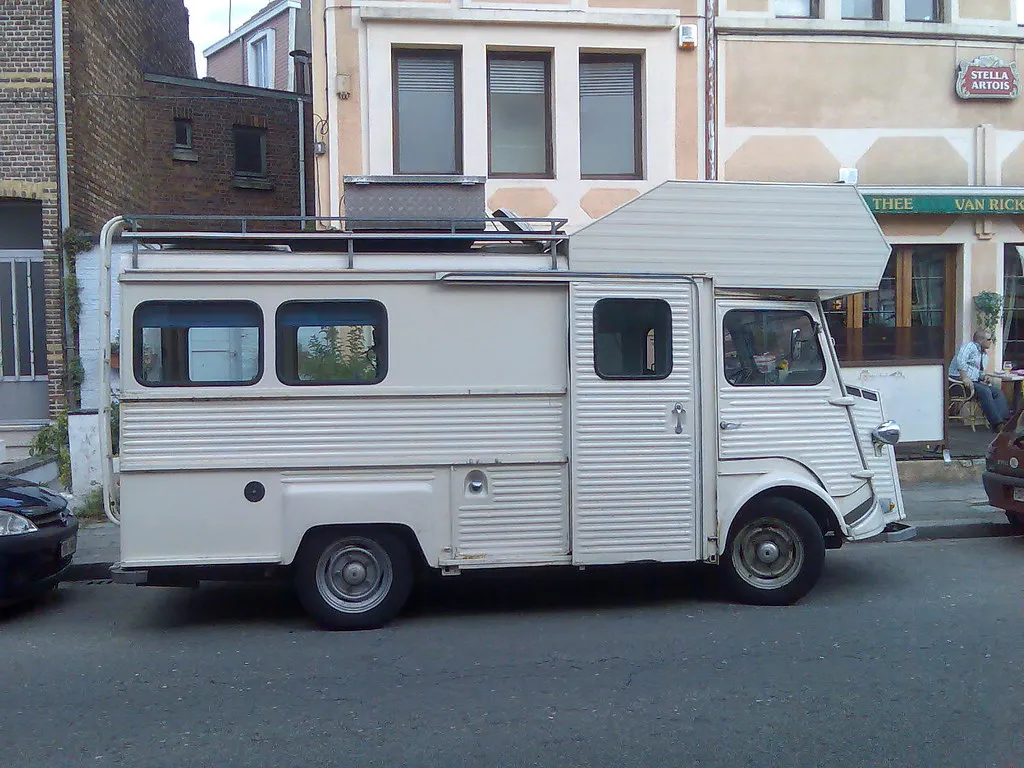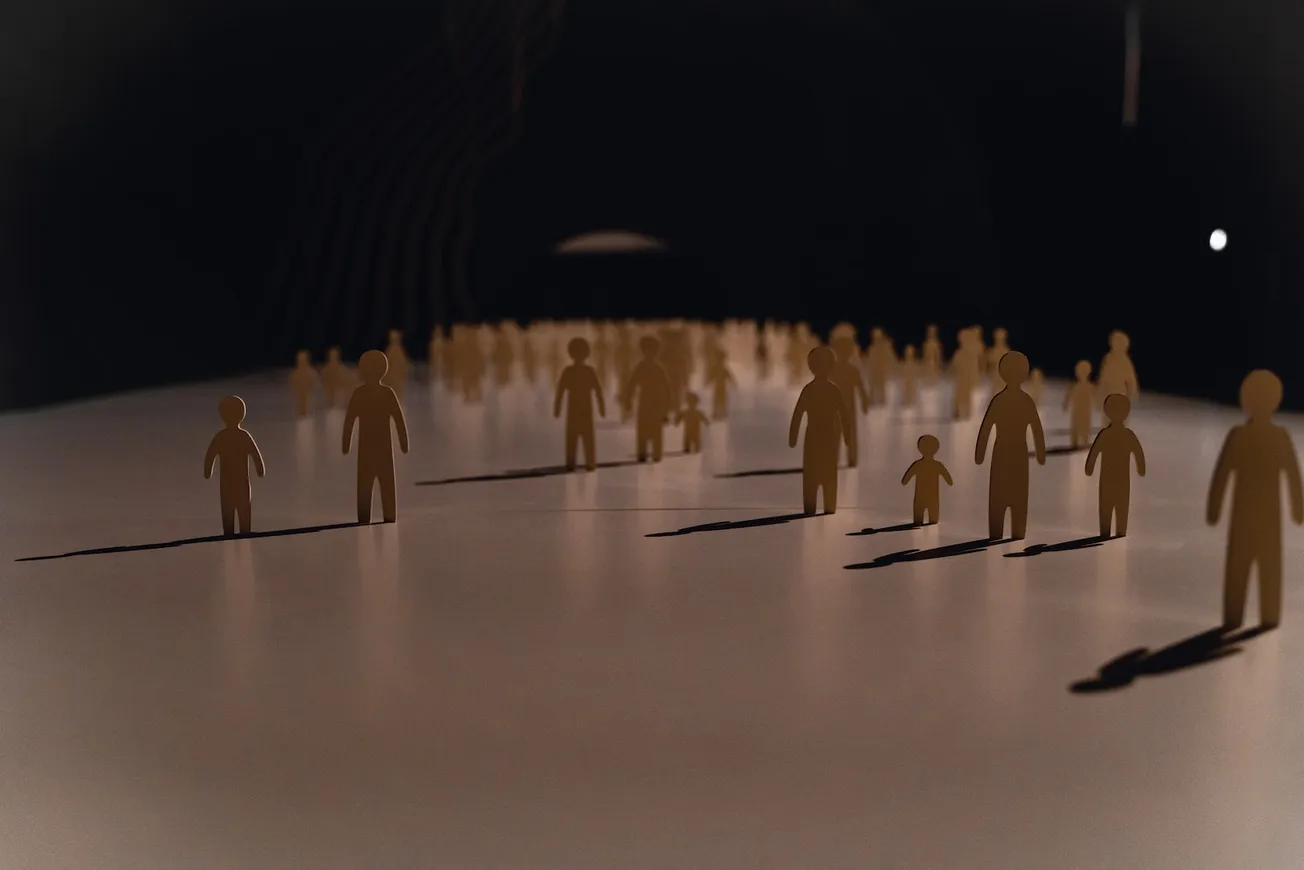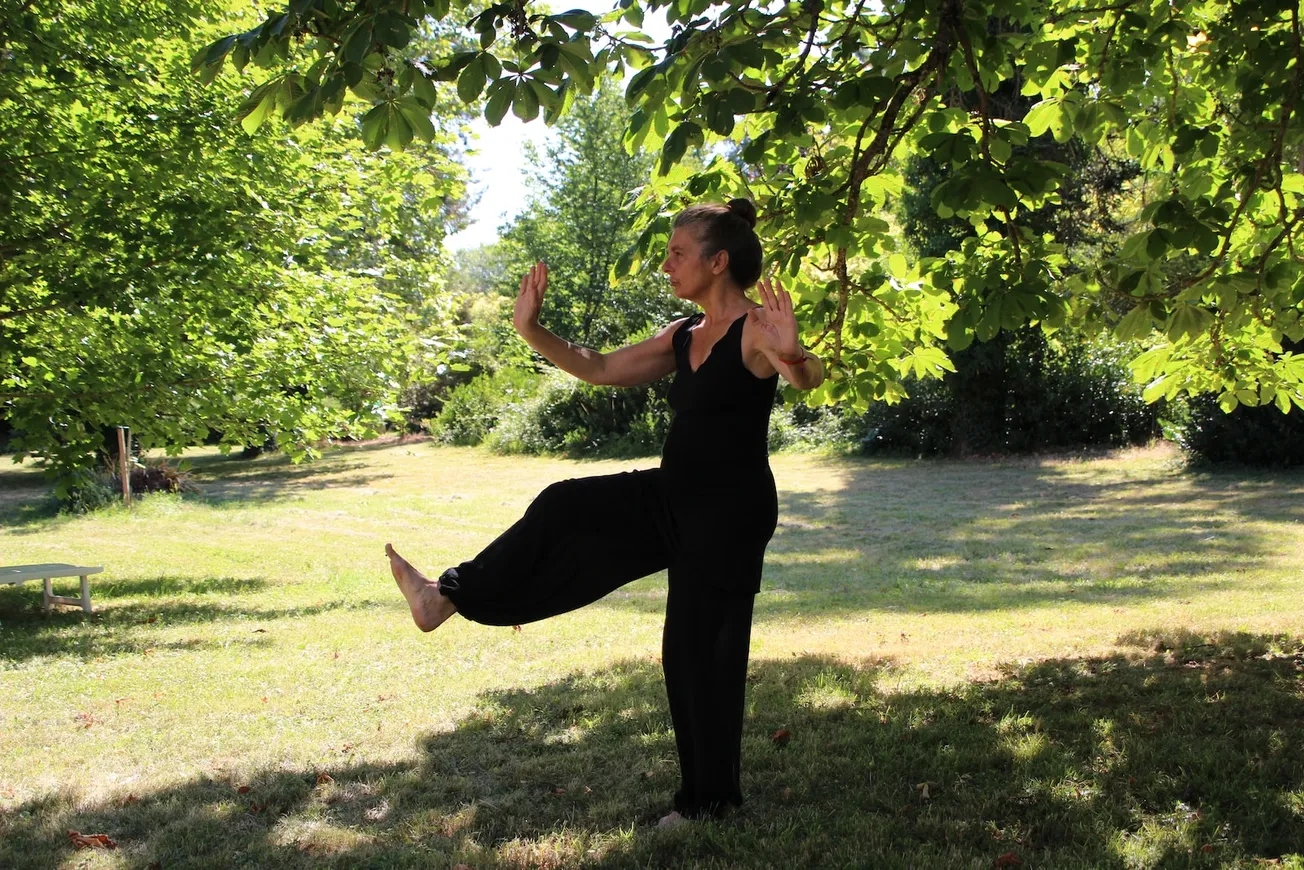Wanderer
It all started with a cruise, a bit more than a decade ago. Looking for a different way to holiday with the family, we booked a small, inside cabin on a P&O liner, boarded, unpacked our stuff and spent 10-12 glorious days wandering around the ship as it wandered around the South-West Pacific.
Reflecting upon that experience, I realised that part of the joy of that voyage was having to unpack only once. It started me thinking if I never wanted to pack and unpack again but really don’t know where I want to live, how do I do that? It started as a joint project with my late wife and it soon became clear that we had different ideas about this so we compromised. She said she would fly to meet me when I got to an interesting place. There is always a way. Always.
But this is the story of the thinking, the conceptualising, of a mobile life.
Part I, the part you are reading now, is about setting the all-important context
Part II will cover choosing a vehicle
Part III will look at the build of my trailer
Part IV will contain reflections on living in it
Part V, may or may not be necessary…
With the benefit of hindsight and reflection, there are five separate but hopelessly intertwined elements to living a mobile, landless life…
- The first is simply, is this your permanent home or do you have a home base (a storage shed counts), i.e. will you carry your whole life with you or leave some of it to go back to?
- Where might you want to travel: in New Zealand only, or abroad?
- What type of roads will you travel on: good road, off-road or poor road?
- What type of vehicle do you need and what licence will you need to drive it?
- What will your living space look and feel like?
I started with the idea that I would drive around every coastline of the world; get to mainland Asia and the only decision then that I would have to make would be to turn left or right. At about 200 km per day, it would take approximately 17 years and I figured I would probably die before it was finished. This, paradoxically, was a very important picture because it removed all external constraints. Any constraints would be my own and it meant never going back to somewhere. The only direction was forward.
About two-thirds of the countries in the world drive on the right-hand side of the road so it became obvious that I would need an LHD vehicle. It is not possible to import these into New Zealand unless you have extenuating circumstances and, given I wanted to start my journey by driving around the country to get used to this new lifestyle in a familiar environment, this already created a challenge.
The next factor to consider was the condition of the roads you might travel on. I settled on poor road driving (given the state of the State Highways in New Zealand this was, in retrospect, probably a good decision) but the critical thing about this is it steers you away from a whole swathe of vehicle types, especially front-wheel drive.
I had one experience while driving a front-wheel drive motorhome where I needed to turn right at a T-intersection on a hill in Dunedin. I simply lost traction. All the weight was sitting over the rear wheels and it took a bit of coaxing to make the turn I needed to. It was not something I wanted to experience on a gravel road in a strange country.
It also eliminated the exotic, and very expensive, off-road expedition vehicles. Lots of ideas are to be had from them but I didn’t want the vehicles themselves.
So the vehicle considerations are right-hand or left-hand drive, front-wheel or rear-wheel or even all-wheel drive.
Then we come to the combination of vehicle type and living space and this plays out in “Weight”. And weight will also determine the type of licence you need to drive your home.
The key to determining the weight of the vehicle is to set your non-negotiable elements, as they pertain to the living space.
To do this you will need to think long and hard about how you see your life on the road. What things are you prepared to give up forever? How do you want to wake up each day? How do you want to spend your evenings? These sound petty and perhaps trite but after a lifetime of living in a house, these are very important considerations.
This is how I came to my decision:
- I have a library of some 900 books; many are work-related but a good number are classics that have been passed to me as older relatives have died. It is an eclectic collection that one person looked at and said, “I can’t pigeonhole you”. Good. I keep my books for no other reason than I like to look at them. They are currently organised alphabetically by title and the books that find themselves as neighbours are really quite interesting.
- I liked the idea of sitting on a sofa looking at a wood fire burning.
- I wanted to have my espresso coffee in the morning.
- I wanted to enjoy it sitting in the morning air.
- I wanted to be able to cook most things without a microwave.
- I have a small fountain I have been carting around from house to house, and I wanted to keep that.
- I wanted to be able to work from home.
- I wanted to be able to live off-grid for up to a week if circumstances demanded.
- I wanted to be able to have a shower without having to squeeze myself into a small cubicle and without counting the seconds/litres.
That’s how I saw my mobile life.
The type of vehicle was not immediately apparent but I knew it would need to be big. The question then was simply, “How big?” We will address that in Part II.
In the meantime, go through the exercise of imagining living up to 20 years in your vehicle. The results may surprise you.









